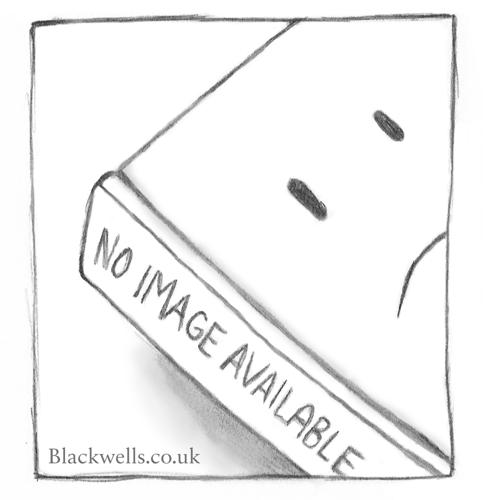Publisher's Synopsis
This is one of a series of systems engineering case studies prepared by the Air Force Center for Systems Engineering. This case study analyzes the T-6A Texan II, a derivative of a commercial aircraft, the PC-9, manufactured by Pilatus Aircraft, a company located in Switzerland. In addition to the United States Air Force, the primary users of the PC-9 are the Swiss Air Force, Royal Australian Air Force, Royal Saudi Air Force, Royal Thai Air Force, and Irish Air Corps. First flight of the PC-9 prototype occurred on May 7, 1984, with certification being obtained in September 1985. The Department of Defense is exponentially increasing the acquisition of joint complex systems that deliver needed capabilities demanded by our warfighter. Systems engineering is the technical and technical management process that focuses explicitly on delivering and sustaining robust, high-quality, affordable solutions. The Air Force leadership has collectively stated the need to mature a sound systems engineering process throughout the Air Force. Gaining an understanding of the past and distilling learning principles that are then shared with others through our formal education and practitioner support are critical to achieving continuous improvement. These cases support academic instruction on SE within military service academies, civilian and military graduate schools, industry continuing education programs, and those practicing SE in the field. Each of the case studies is comprised of elements of success as well as examples of SE decisions that, in hindsight, were not optimal. Chapter 1 * SYSTEMS ENGINEERING PRINCIPLES * GENERAL SYSTEMS ENGINEERING PROCESS * Introduction * Evolving Systems Engineering Process * Case Studies * Framework for Analysis * T-6A TEXAN II MAJOR LEARNING PRINCIPLES AND FRIEDMAN- SAGE MATRIX * Chapter 2 * T-6A TEXAN II DESCRIPTION * BACKGROUND * T-6A TEXAN II * JOINT PRIMARY AIRCRAFT TRAINING SYSTEM (JPATS) * HISTORY OF HAWKER BEECHCRAFT * Chapter 3 * T-6A TEXAN II PROGRAM * HISTORY * Trainer "State of the Union" * Air Force Trainer Master Plan * Defense Authorization Act * Validated Primary Aircraft Training System (PATS) Statement of Need (SON) * JPATS SON * JPATS Program Management Directive (PMD) * Concept Studies * Joint Statement of Operational Need (JSON) * Trainer Aircraft Summit * Draft Joint System Operational Requirements Document (JSORD) * Solicitation for Information * Operational Requirements Document (ORD) Revised * Revised Department of Defense (DoD) Trainer Master Plan * JPATS ACQUISITION * Acquisition Strategy * Initial Partnering * Operational Demonstrations * Definition of Non-Developmental * Change in Acquisition Strategy * Accommodate for Female Population * ORD Number 3 * Draft Request for Proposals (RFP) Developed * Defense Acquisition Pilot Program (DAPP) * RFP Released * Source Selection * Requirements and Goals * Flight Evaluations * Jet Versus Turboprop * Beech Aircraft Selected * Protests * Official Designation of T-6A Texan II * ENGINEERING AND MANUFACTURING DEVELOPMENT (EMD) PHASE * EMD Contract * Organizational Structure * Design Evolution * Requirements Verification Process * Qualification Test and Evaluation (QT&E) * Federal Aviation Administration (FAA) Certification * Military Verification Testing * Multi-Service Operational Test and Evaluation (MOT&E) * PRODUCTION * Lots 1 through 8 * First Flight * Canadian Sales * Greek Sales * Basing Concept * Delivery of First T-6A to the 12th Flying Training Wing (FTW) * Druyan Declares Full Rate Production * Lots 9 through 13 * Deliveries Fall Short * FIELDING AND SUSTAINMENT * Initial Operational Capability (IOC) * Class A Mishaps * Requirements Management * Mission Capable Rates * FOLLOW-ON OPERATIONAL TEST AND EVALUATION (FOT&E) * NUNN-MCCURDY BREACH * LOTS 14 THROUGH 20 * FUTURE OF THE T-6 * Chapter 4 * SUMMARY * Chapter 5 * REFERENCES * Chapter 6
























